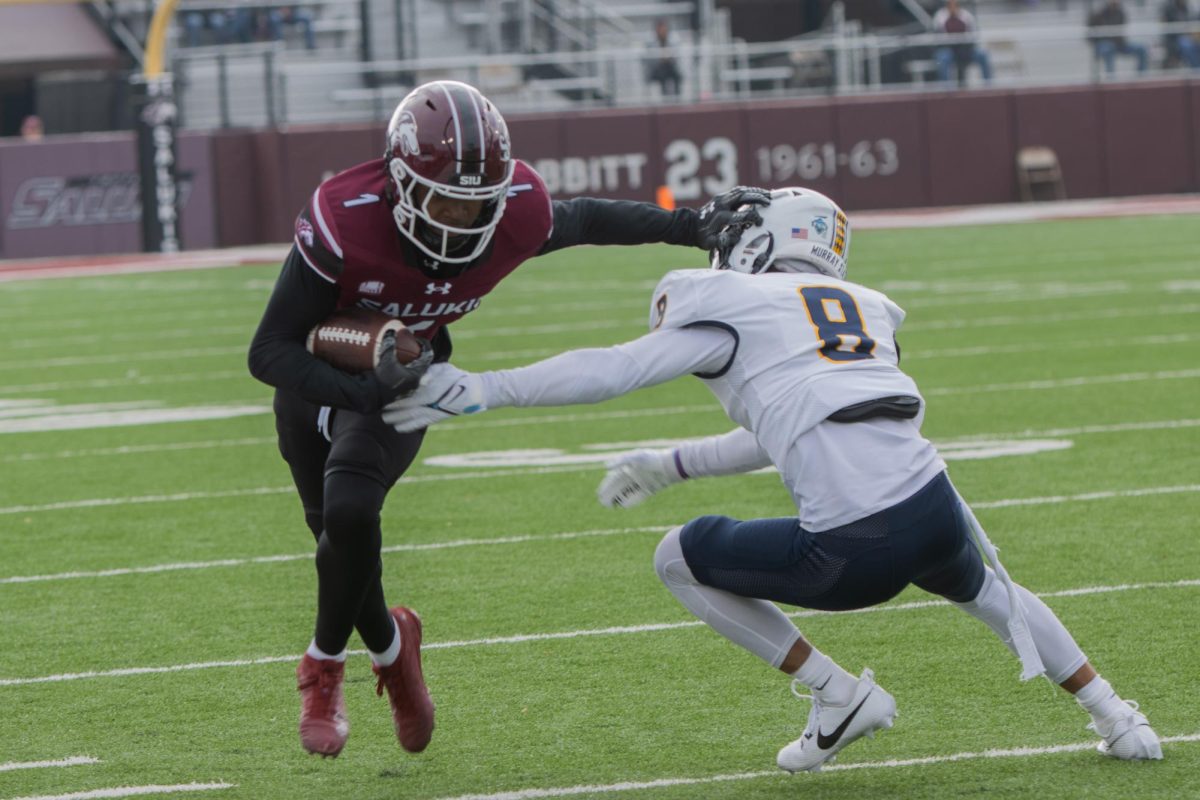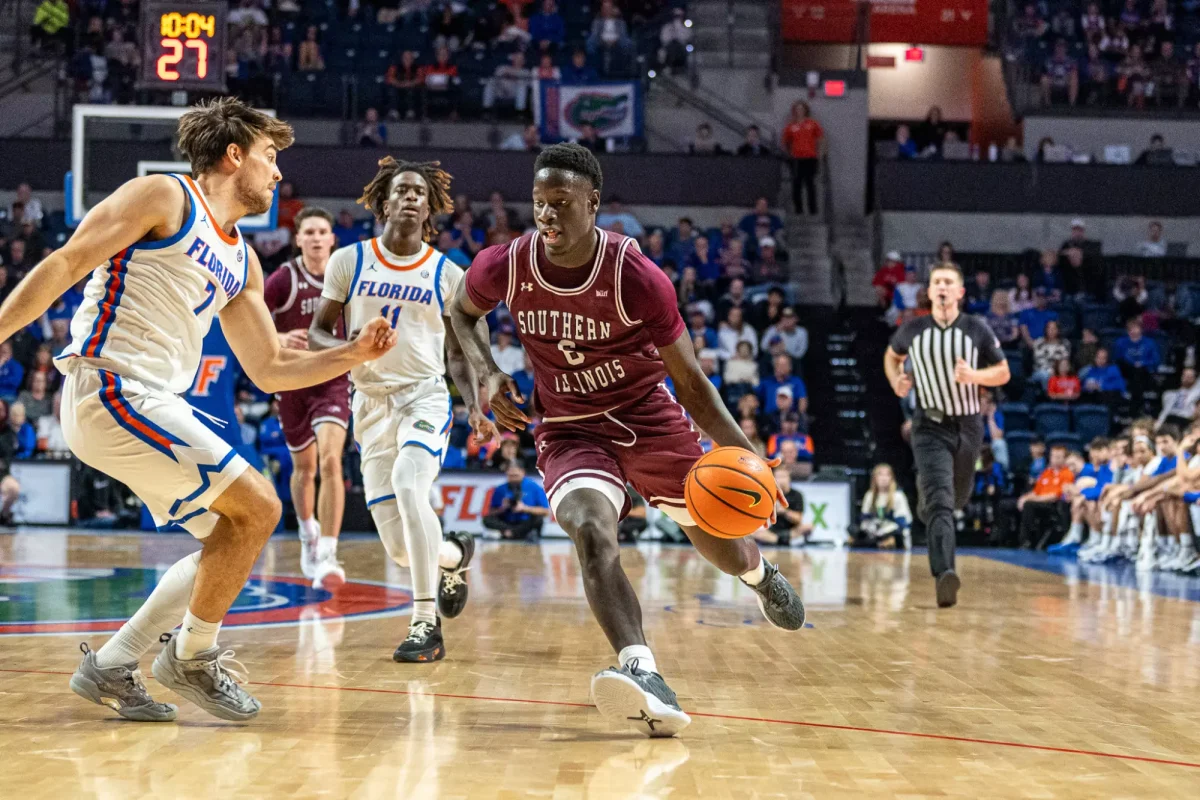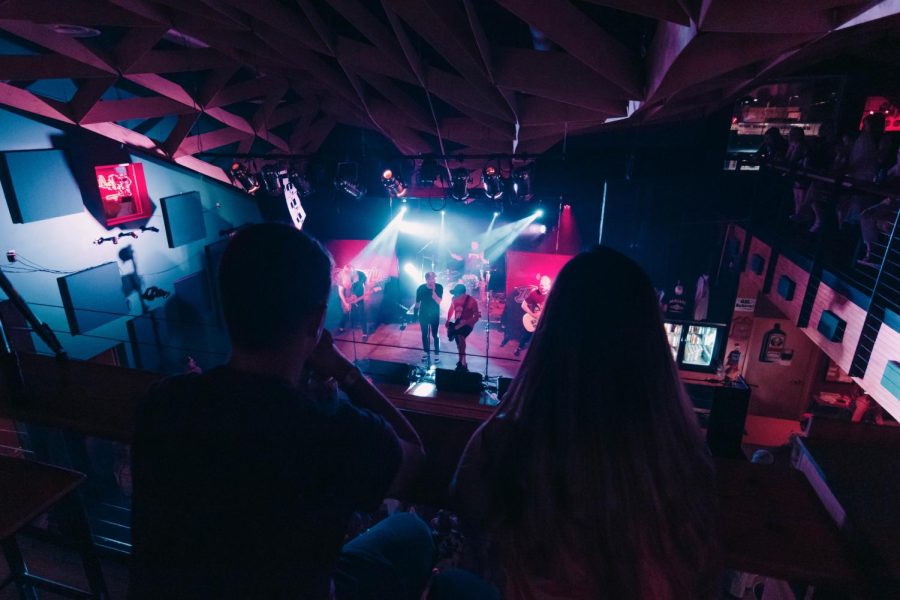Derek Chauvin had ‘heartless’ look as George Floyd pleaded for his life, teen who shot viral video testifies
March 30, 2021
MINNEAPOLIS — The teenager who brought before the world’s eyes the events leading to George Floyd’s death last spring testified Tuesday in Derek Chauvin’s murder trial that the ex-Minneapolis police officer had a “cold look, heartless” as Floyd pleaded for his life.
Darnella Frazier began her testimony late Tuesday morning in Hennepin County District Court and immediately fought to keep her emotions in check during questioning about what brought her to that south Minneapolis intersection on May 25, when Floyd was detained before dying that evening.
Now 10 months later, the 18-year-old Frazier was asked in court how being on the scene that night and seeing a white officer pinning a Black man to the pavement has affected her life. “When I look at George Floyd I look at my dad, I look at my brothers, I look at my cousins, my uncles because they are all Black. I have a Black father, I have Black brothers, I have Black friends. I look at them and how it could have been one of them.” She added that there have been nights since then when “I’ve stayed up apologizing to George Floyd for not doing more and not physically interacting and not saving his life. It’s not what I should have done, it’s what [Chauvin] should have done.”
Advertisement
Frazier also testified that she viewed Chauvin that night as having a “cold look, heartless. It didn’t seem like he cared.” The young woman said she was walking with her 9-year-old cousin to the Cup Foods and soon saw Floyd and the police presence. She said he was “terrified, scared, begging for his life.” She sent her cousin into the store and stood closer to where Chauvin had Floyd pinned. Frazier then took out her cellphone and recorded Chauvin on Floyd’s neck as another officer kept watch over a growing crowd of increasingly angry bystanders.
Asked what she witnessed as she trained her phone on Floyd and Chauvin, Frazier replied: “I heard George Floyd say, ‘I can’t breathe. Please get off me.’ … He cried for his mom. … It seemed like he knew it was over for him. He was suffering.”
Special Prosecutor Jerry Blackwell then showed Frazier a still image of Chauvin from her video as he knelt on Floyd’s neck. He asked her if she recognized him. “Yes,” she whispered. Asked who he was, she said: “This was the officer that was kneeling on George Floyds neck.”
Frazier’s cousin, Judeah Reynolds, briefly took the stand and testified as to what she saw, that Chauvin had his knee on Floyd’s neck until directed to remove it by an ambulance driver. “I was sad and kind of mad and it felt like it was stopping his breathing and it was hurting him,”
she said. Defense attorney Eric Nelson declined cross-examination of the girl, who was then excused. The second day of testimony began with a key witness picking up where he left off after telling how he repeatedly pleaded with Chauvin to set Floyd free. Donald Williams II testified Monday that his experience as a mixed martial arts trainer and fighter told him that Chauvin’s “blood choke” was squeezing the life out of Floyd, who died that night after being pinned by the neck under the officer’s knee for more than nine minutes.
Back on the stand Tuesday, he reiterated his concern for Floyd’s life. Defense attorney Eric Nelson pressed Williams about him growing more angry and threatening the officers at the time. He explained he became irate because the officers “were not listening to anything I was telling him. I felt like I had to speak out for Floyd.”
Tuesday started with Judge Peter Cahill imposing prosecution-requested limits on video and audio coverage of testimony from four witnesses who were minors at the time of Floyd’s death. The four, two of them now adults, will not be shown on the public livestream as they testify, Cahill ruled. However, their voices will be heard other than when they identify themselves upon being sworn in, the judge decided. “All four of those witnesses do object to that video,” Cahill said. “This is more to give them comfort testifying as witnesses in what is a very high-profile trial.”
Advertisement*
The most prominent of the four is Frazier, who turned 18 last week. Assistant Attorney General Erin Eldridge argued for anonymity of the four witnesses, saying: “This is a very, very public trial; there is a lot of online coverage. … These are children who did not choose to be a part of this case. They’re individuals who happened to be going about their day and happened to see a man die before their eyes.”
Speaking on behalf of a consortium of news media covering the trial, Star Tribune attorney Leita Walker spent most of her time focusing on Frazier. Walker said that while Frazier is uncomfortable about being in the trial spotlight, “she has been quite public” the entire time since first speaking with the Star Tribune the day after Floyd died. She has distributed her photo to media, recorded a video online after receiving a prestigious national courage award and commented on Facebook about jury selection in the case.
“It’s a little bit farcical to suggest no one knows who she is,” Walker said, an observation that Cahill agreed with before imposing the limitations. Prior to Williams and two other witnesses testifying Monday before a global livestream audience, the proceedings in the heavily fortified Hennepin County Government Center began with the prosecution and defense offering in their opening statements conflicting conclusions about what killed the 46-year-old Floyd. Blackwell played the widely seen bystander video of Floyd’s arrest, showing the unarmed and handcuffed man prone on the street under Chauvin’s knee, saying he couldn’t breathe, calling for his mother, writhing and falling silent. Blackwell said Floyd “died one breath at a time over an extended period of time” and that the cause of death — cardiopulmonary arrest — is the direct result of being restrained.
Nelson countered that “the evidence will show that Mr. Floyd died of cardiac arrhythmia that occurred as a result of hypertension, coronary disease, the ingestion of methamphetamine and fentanyl, and the adrenaline flowing through his body, all of which acted to further compromise an already compromised heart.”
On the evening of May 25, Williams happened upon the police scene while walking toward Cup Foods on E. 38th Street and S. Chicago Avenue. The 33-year-old security professional, wrestler and mixed martial arts fighter can be heard on the bystander video pleading with Chauvin and three other officers to check Floyd’s pulse and ease up.
Williams drew on his background when he said Chauvin had Floyd pinned in a “blood choke,” which compresses arteries or veins in the neck. He said he called out to Chauvin, who made eye contact once and looked away.
Then prosecutor Matthew Frank replayed a clip of the bystander video, asking Williams to point out what he called a “shimmy,” a repositioning by Chauvin to maintain or increase leverage on Floyd. As the video rolled, Williams noted when Chauvin’s knee or feet lifted and shifted, saying, “He just did it again. He just did it again.” Chauvin is charged with second- and third-degree murder and manslaughter.
Three other fired Minneapolis police officers, J. Alexander Kueng, Thomas Lane and Tou Thao, are expected to stand trial together in August on charges of aiding and abetting murder and manslaughter. Monday’s first witness was Jena Scurry, the 911 dispatcher who handled the call for police that resulted in Chauvin and the other officers responding to the intersection where Floyd was detained.
Scurry described how she was troubled by seeing on wall-mounted dispatch screens how Floyd’s arrest played out on city surveillance cameras. The seven-year dispatch veteran said she was surprised at how long Floyd was on the pavement. At one point, she described a “gut instinct” that “something was not right.” Her call to the shift sergeant was played in court.
“I don’t know, you can call me a snitch if you want to but we have the cameras up for [squad] 320’s call, and … I don’t know if they had to use force or not, but they got something out of the back of the squad, and all of them sat on this man …” The sergeant responded that it was “just a takedown, which doesn’t count, but I’ll find out.”
Another witness Monday was 23-year-old Alisha Oyler, who was working at the Speedway gas station across the street from Cup Foods and who recorded part of the incident on her cellphone.
But during her testimony, prosecutors played the entirety of the incident as it had been captured on city street cameras from behind — as opposed to the viral bystander video that captured the front view. Oyler said she shot video of Floyd’s arrest because police are “messing with people, and it’s not right.”
The 14 jurors, two of them alternates, are diverse beyond the population they were chosen from and cover many decades in age. Six of the jurors are people of color and eight are white. Nine are women, and five are men. Chauvin is white. Floyd was Black.
Advertisement







